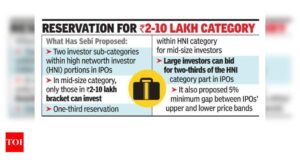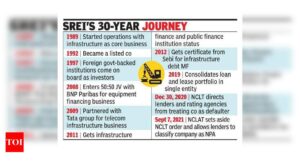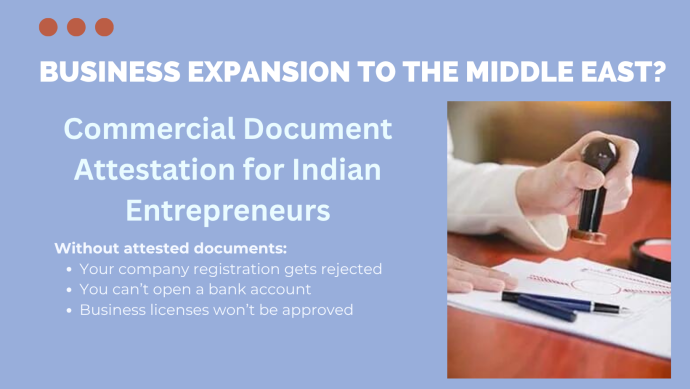‘Banks used virtual meets to merge fast’ – Times of India

[ad_1]
MUMBAI: The consolidation of six public sector banks could be done in record time on the back of a virtual execution, despite the Covid lockdown, said Rajashekara Maiya, VP and global head (business consulting) for ‘Finacle’ at Infosys. Finacle is the core banking solution for all these banks.
In terms of the mega consolidation of the 10 banks announced by the government with effect from April 1 last year, six were operating on Finacle. Punjab National Bank and the two banks that merged into it — Oriental Bank of Commerce and United Bank — used the software. Also, Union Bank and its merging banks Corporation Bank and Andhra Bank used Finacle for their core banking.
“The entire amalgamation was executed virtually. The entire project management, implementation, merger activities happened without people visiting branches, head office, information technology centres or data centres,” said Maiya.
What also helped was that the road map for merging the processes, products and HR was done before the merger with learning from the amalgamation of Dena Bank and Vijaya Bank with Bank of Baroda, which also used Finacle.
According to Maiya, while the earlier merger took 14 months, the second took only nine months. In terms of sheer scale, this was the largest amalgamation and such mergers were unlikely to take place, given the scale of customers and branches.
Another reason why the integration did not cause much disruption to the customer is that India has the most advanced open banking system in the world, according to Maiya. Open banking refers to the approach of allowing third-parties to plug into the bank’s system through an application program interface (API).
Maiya pointed out that this was behind the scaling up of UPI transactions to over 2 billion a month. It is because of the open API architecture that third-parties like PhonePe and Google Pay are contributing to a rising number of transactions. “Banks have built this kind of infrastructure to take care of the transactions in a much faster way, they do not have to worry if transactions move from 2 billion to 4 billion or 8 billion because the infrastructure is scalable,” he said.
According to Maiya, growth in the account-to-account transfers for payments is bound to increase as globally banks are moving toward real-time payments. During the pandemic, while there was pressure on traditional banks to go digital, the neobanks — or the digital-only banks — found their customers demanding a wider range of products and services. He said that the trend in core banking was to move towards modular systems, which could be upgraded by banks segment by segment without having to disturb the core-banking piece.
In terms of the mega consolidation of the 10 banks announced by the government with effect from April 1 last year, six were operating on Finacle. Punjab National Bank and the two banks that merged into it — Oriental Bank of Commerce and United Bank — used the software. Also, Union Bank and its merging banks Corporation Bank and Andhra Bank used Finacle for their core banking.
“The entire amalgamation was executed virtually. The entire project management, implementation, merger activities happened without people visiting branches, head office, information technology centres or data centres,” said Maiya.
What also helped was that the road map for merging the processes, products and HR was done before the merger with learning from the amalgamation of Dena Bank and Vijaya Bank with Bank of Baroda, which also used Finacle.
According to Maiya, while the earlier merger took 14 months, the second took only nine months. In terms of sheer scale, this was the largest amalgamation and such mergers were unlikely to take place, given the scale of customers and branches.
Another reason why the integration did not cause much disruption to the customer is that India has the most advanced open banking system in the world, according to Maiya. Open banking refers to the approach of allowing third-parties to plug into the bank’s system through an application program interface (API).
Maiya pointed out that this was behind the scaling up of UPI transactions to over 2 billion a month. It is because of the open API architecture that third-parties like PhonePe and Google Pay are contributing to a rising number of transactions. “Banks have built this kind of infrastructure to take care of the transactions in a much faster way, they do not have to worry if transactions move from 2 billion to 4 billion or 8 billion because the infrastructure is scalable,” he said.
According to Maiya, growth in the account-to-account transfers for payments is bound to increase as globally banks are moving toward real-time payments. During the pandemic, while there was pressure on traditional banks to go digital, the neobanks — or the digital-only banks — found their customers demanding a wider range of products and services. He said that the trend in core banking was to move towards modular systems, which could be upgraded by banks segment by segment without having to disturb the core-banking piece.
[ad_2]
Source link







